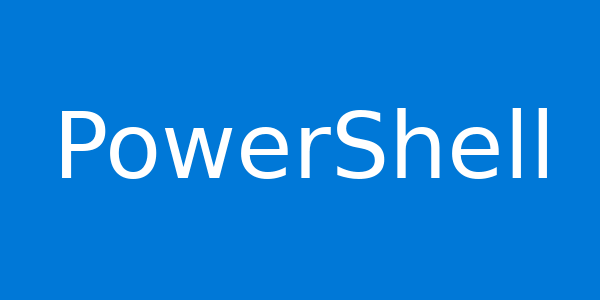Microsoft today released the final version of the next gen PowerShell scripting language, PowerShell 7. It contains a number of new features and many bug fixes from both the community as well as the PowerShell team.

PowerShell 7, also known as PowerShell Core, is a cross-platform scripting solution available on Windows, MacOS, and Linux.
PowerShell 7 now utilizes .NET Core 3.1, but keeps backward compatibility with modules previously available for the classic PowerShell product. Also, PowerShell introduces a new argument, -UseWindowsPowerShell, to force run a cmdlet under the classic engine.
New features of PowerShell 7
- Pipeline parallelization with
ForEach-Object -Parallel - New operators:
- Ternary operator:
a ? b : c - Pipeline chain operators:
||and&& - Null conditional operators:
??and??=
- Ternary operator:
- A simplified and dynamic error view and
Get-Errorcmdlet for easier investigation of errors - A compatibility layer that enables users to import modules in an implicit Windows PowerShell session
- Automatic new version notifications
- The ability to invoke DSC resources directly from PowerShell 7 (experimental)
PowerShell 7 currently supports the following operating systems on x64, including:
- Windows 8.1, and 10
- Windows Server 2012, 2012 R2, 2016, and 2019
- macOS 10.13+
- Red Hat Enterprise Linux (RHEL) / CentOS 7
- Fedora 30+
- Debian 9
- Ubuntu LTS 16.04+
- Alpine Linux 3.8+
Additionally, PowerShell 7.0 supports ARM32 and ARM64 flavors of Debian, Ubuntu, and ARM64 Alpine Linux.
Check out the full introduction HERE to learn more about this update.
Support us
Winaero greatly relies on your support. You can help the site keep bringing you interesting and useful content and software by using these options:

Thanks Sergey! Installing while we speak. :)
Great =)